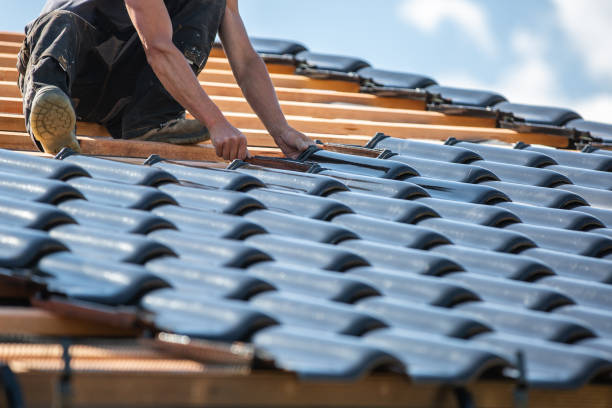When building a roof, the roof covers the top of a building and protects it from the weather. Depending on the type of building, a roof can be flat, pitched, vaulted, domed, or a combination of forms. Several factors influence the style and form, including aesthetic and technical considerations. The following are some general roofing tips to help you create the best-looking OldPortRoofing – roofing Adelaide for your home.
Roofing felt prevents resin from leaking through the roof and acts as an extra barrier in a fire. Felt can also be used to smooth the sheathing of a roof to prevent unevenness in the final layer of shingles. In addition to its protection functions, roofing felt is an easy-to-install and maintenance material. It can be applied by yourself or hired professionals. And while there are many different roofing materials available, this guide will help you make a decisive decision about the best option for your home.
Felt is a basic roofing material that has many benefits. Protecting the roof from resin bleed acts as an extra fire barrier. It also helps prevent unevenness in the final layer of shingles. While the roof is being installed, a layer of felt is applied over the sheathing, which prevents blisters and unevenness in the final layer. When a roofing system has felt on top, it is called a bridging roof.
Felt is another important OldPortRoofing – roofing Adelaide material. This material acts as a barrier against water and bleeds away from the roof. Besides, it protects the roof from damage from fire and protects it from moisture. Moreover, it smoothes the sheathing so that the final layer of shingles will not be too uneven. So, when you plan to build a new roof, use a felt as your underlayment.
Another common roofing material is felt. It is a great insulator and can even protect the roof from fire. However, this material can be very expensive. On the other hand, it is very durable and will last for years. Further, it helps prevent blisters from forming on the roof. Finally, felt is an important part of the roof sheathing, as it will prevent unevenness in the final layer of shingles.
Underlayment is the material that serves as a weather barrier between the shingles and the roof. The underlayment material may be organic, synthetic, or rubberised. These materials will protect the roof from damage from rain and snow. If you plan to install a shingle, you must make sure that it is bonded properly. It will prevent it from slipping. It is an essential part of the installation process.
